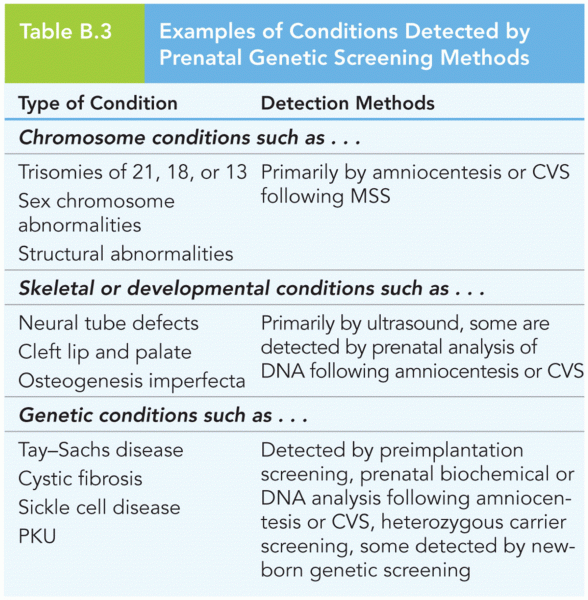All of the following are true regarding obesity EXCEPT:
a. a genetic predisposition toward inactivity may influence obesity development in some people.
b. it is primarily influenced by a low-calorie diet.
c. over 200 genetic traits have been associated with obesity development.
d. high-carbohydrate diets may influence obesity development in some people.
Question 2
Eric signed up for a nutrition class this semester with the hope that he would learn how to improve his nutrition and lose weight in the process. Eric has had a difficult time in the past understanding important aspects of energy balance, such as how many calories he should be eating to lose weight and how to determine whether a food provides only a few or a lot of calories. Eric weighs 175 lb and is 5' 8. He enjoys playing sports such as basketball, softball, and soccer, but most days of the week he is too busy with classes and school work to get much physical activity. On average he is sitting most of the day and spends 2-4 hours per day walking and moving around. Eric's diet consists mainly of processed foods and he tries to avoid eating at fast-food restaurants. Most days he will have a donut or pastry and coffee drink with cream and sugar for breakfast; for lunch he will have a couple of sandwiches with bologna, salami, and cheese on white bread. For dinner he will have one or two frozen entres from his freezer such as a fried chicken dinner, Salisbury steak dinner, or a cheese enchilada dinner. Eric feels like the amount of food he eats is reasonable and he cannot understand why he is not losing weight. What percentage of calories from the Salisbury steak dinner is coming from protein, fat, and carbohydrate, respectively?
A) 27 protein, 54 fat, 47 carbohydrate
B) 14 protein, 54 fat, 32 carbohydrate
C) 14 protein, 62 fat, 24 carbohydrate
D) 27 protein, 49 fat, 26 carbohydrate







